- Home
- Features
Unlock Your Data
Notifications and Automated Tasks
Enterprise Performance Metrics
- Integrations
- Pricing
- Reviews
- Contact
- Get Started
- Login
Unlock Your Data
Notifications and Automated Tasks
Enterprise Performance Metrics
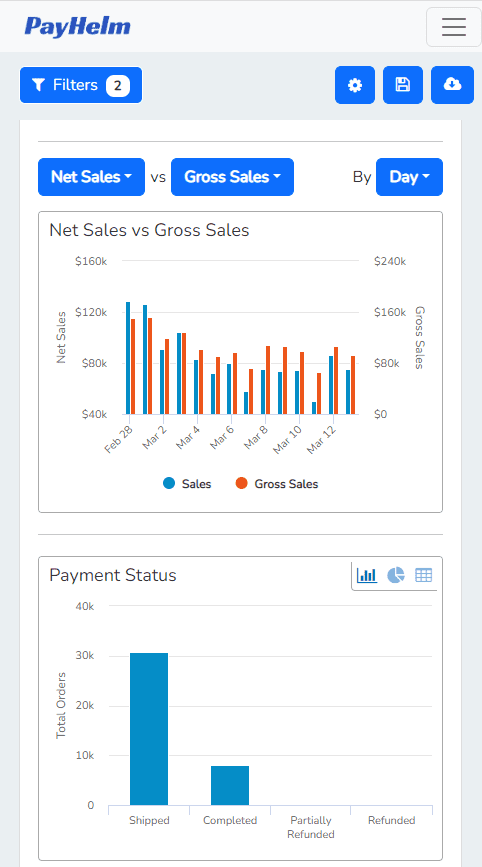
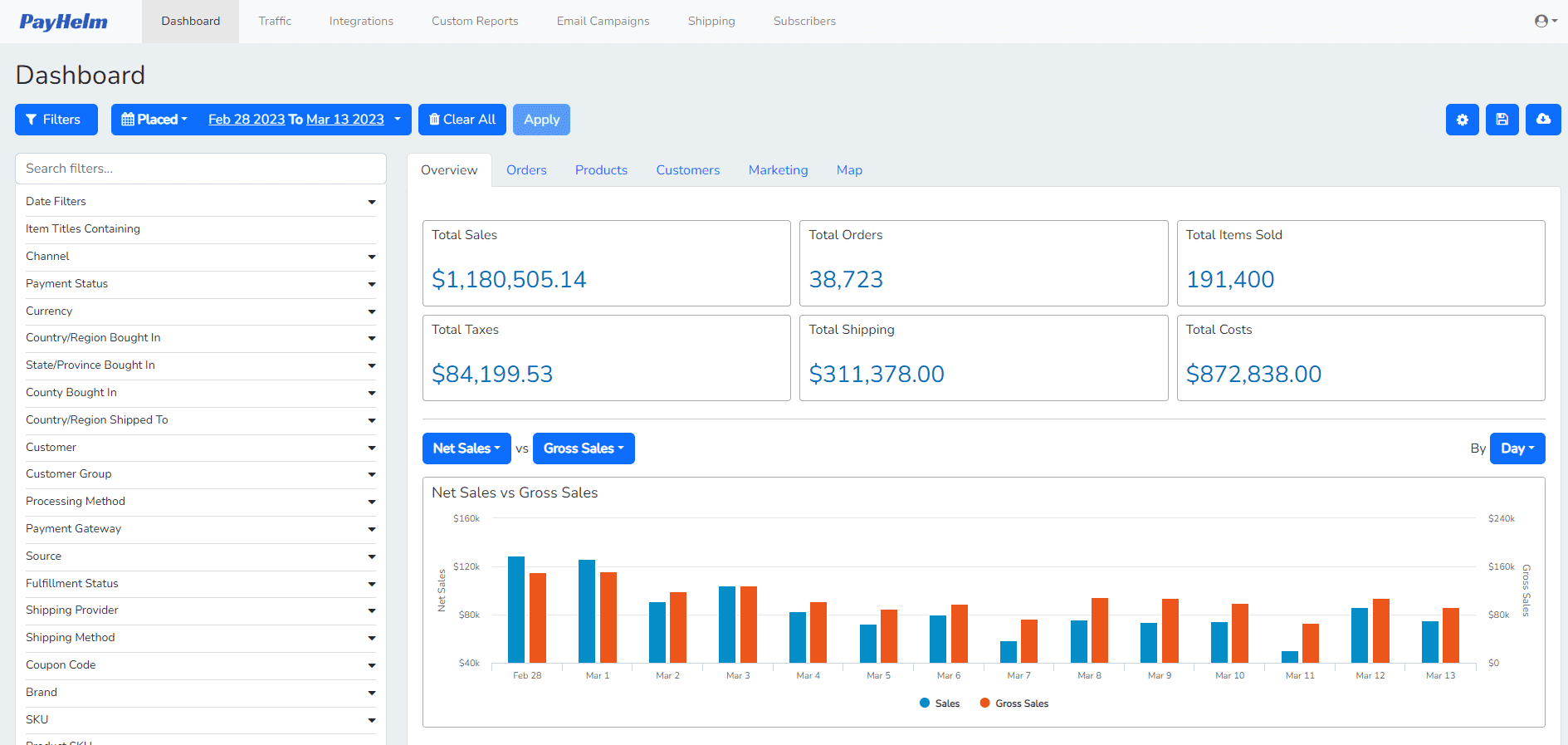
Dive into your business metrics like never before with our advanced filters, simple metrics, and powerful reporting. Connect your shipping sources, marketing tools, and various data sources into our analytics platform so you can analyze every aspect of your business.
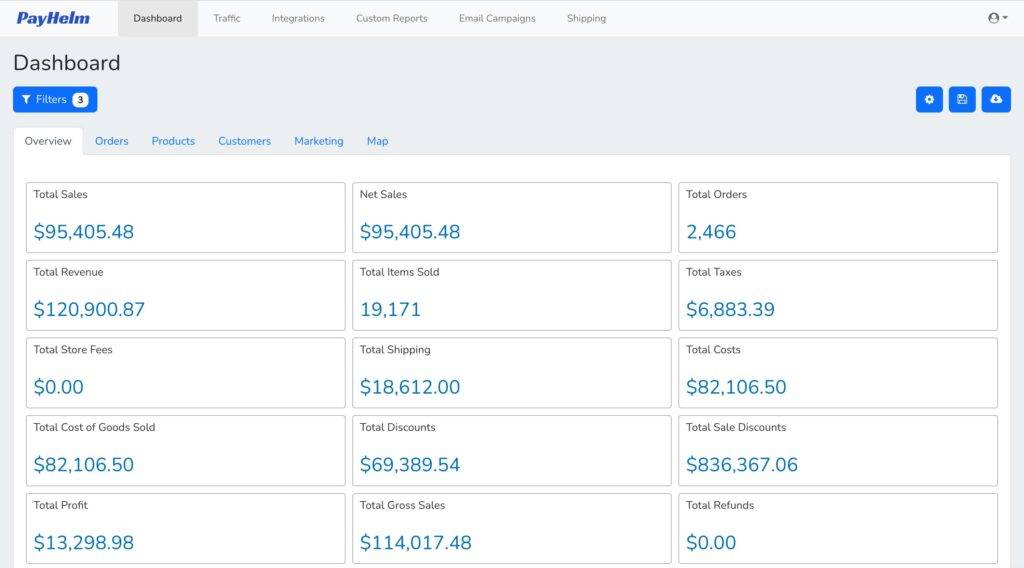
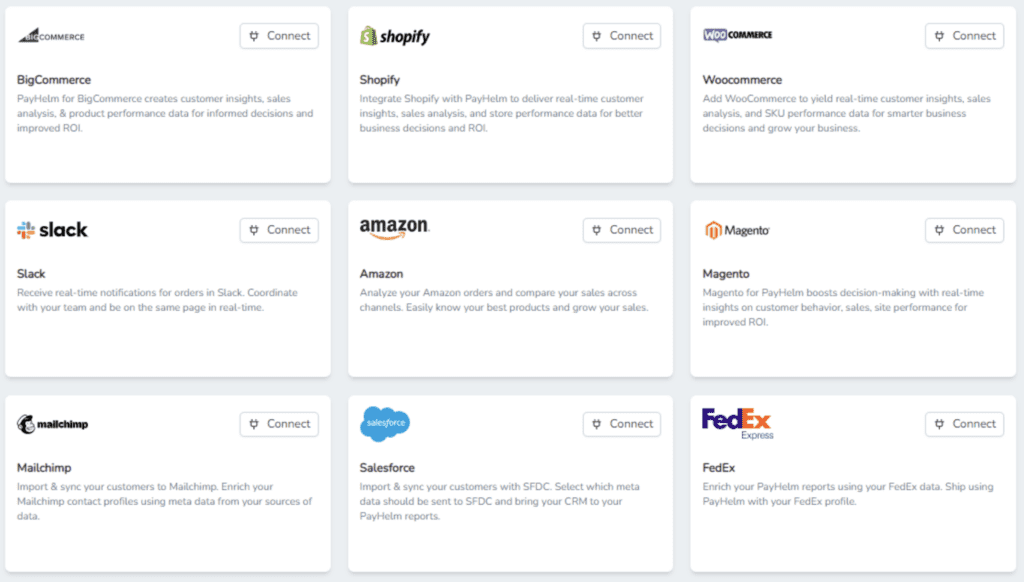
Plus many more!
Seamlessly collect data across multiple stores – One store can be integrated with Shopify, WooCommerce, and BigCommerce, and with PayHelm Analytics the data is automatically collected and stored in the same dashboard! With dozens of integrations and connectors, we can bring all of your data together into a single platform with ease.
Configure your custom reports to show exactly what you want and have it regularly delivered to your inbox when you want it. Create custom reports using dozens of metrics and hundreds of filters to report on the exact data you need.
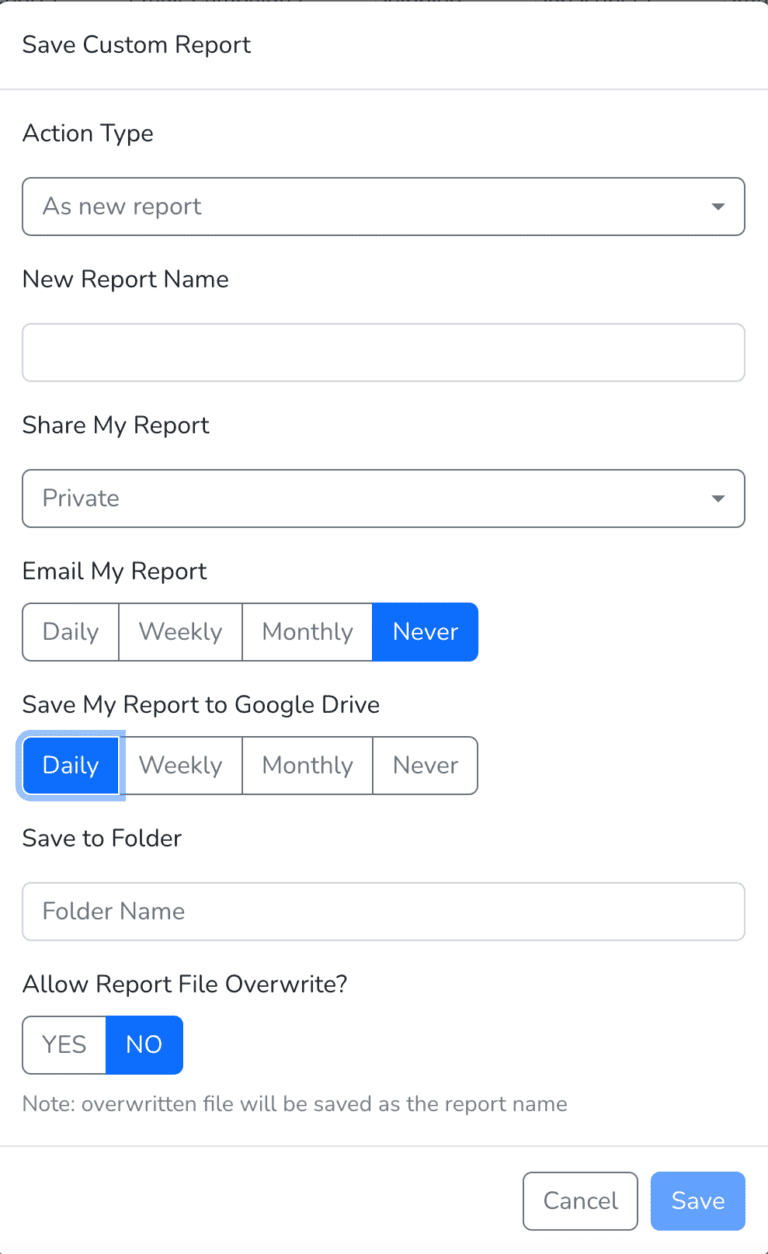
Over 300+ pre-built reports help you gain all of the insights you need to make your store a success. From revenue by day and hour to conversion by week or day, see how your revenue is affected and react as needed! We offer a suite of powerful dashboards, charts, and reports so you can track and compare the performance of all your stores against each other.
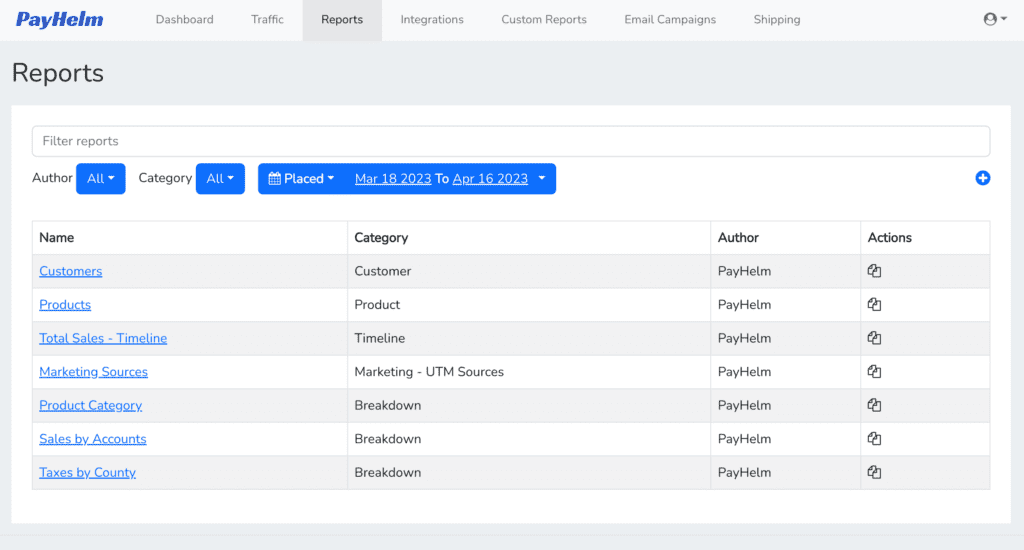



Analyze your Shopify, BigCommerce, WooCommerce or PayPal store data all in one place. Connect your store to Slack, ShipStation, Google Analytics & more.